概要: デジタルヘイト対策センターの調査によると、YouTubeのおすすめアルゴリズムが10代のユーザーを摂食障害や自傷行為を助長する有害なコンテンツに誘導している疑いがある。ダイエットや減量関連の検索でおすすめされる動画の約70%に、容姿への不安を悪化させる可能性のあるコンテンツが含まれていたという。
Editor Notes: The full Center for Countering Digital Hate report is accessible at https://counterhate.com/wp-content/uploads/2024/12/CCDH.YoutubeED.Nov24.Report_FINAL.pdf.
インシデントのステータス
Risk Subdomain
A further 23 subdomains create an accessible and understandable classification of hazards and harms associated with AI
1.2. Exposure to toxic content
Risk Domain
The Domain Taxonomy of AI Risks classifies risks into seven AI risk domains: (1) Discrimination & toxicity, (2) Privacy & security, (3) Misinformation, (4) Malicious actors & misuse, (5) Human-computer interaction, (6) Socioeconomic & environmental harms, and (7) AI system safety, failures & limitations.
- Discrimination and Toxicity
Entity
Which, if any, entity is presented as the main cause of the risk
AI
Timing
The stage in the AI lifecycle at which the risk is presented as occurring
Post-deployment
Intent
Whether the risk is presented as occurring as an expected or unexpected outcome from pursuing a goal
Unintentional
インシデントレポート
レポートタイムライン
Loading...

アンナ・モッケルは14歳で、突然ダイエットに夢中になった。2020年の春、彼女はちょうどリモートで8年生を卒業したばかりだった。秋に高校に進学することを心配しながら家に閉じこもり、コロナ禍の夏、彼女はソーシャルメディアアプリを行き来しながら数え切れないほどの時間を犠牲にした。
アンナはYouTubeで「特に何かを検索しているわけではなく」、フィードに表示されるものを見ているだけだった。少し年上でいつも痩せている女の子が登場する動画を見たときに、考えが渦巻き始めたことを彼女は覚…
バリアント
「バリアント」は既存のAIインシデントと同じ原因要素を共有し、同様な被害を引き起こし、同じ知的システムを含んだインシデントです。バリアントは完全に独立したインシデントとしてインデックスするのではなく、データベースに最初に投稿された同様なインシデントの元にインシデントのバリエーションとして一覧します。インシデントデータベースの他の投稿タイプとは違い、バリアントではインシデントデータベース以外の根拠のレポートは要求されません。詳細についてはこの研究論文を参照してください
似たようなものを見つけましたか?
よく似たインシデント
Did our AI mess up? Flag the unrelated incidents
よく似たインシデント
Did our AI mess up? Flag the unrelated incidents



